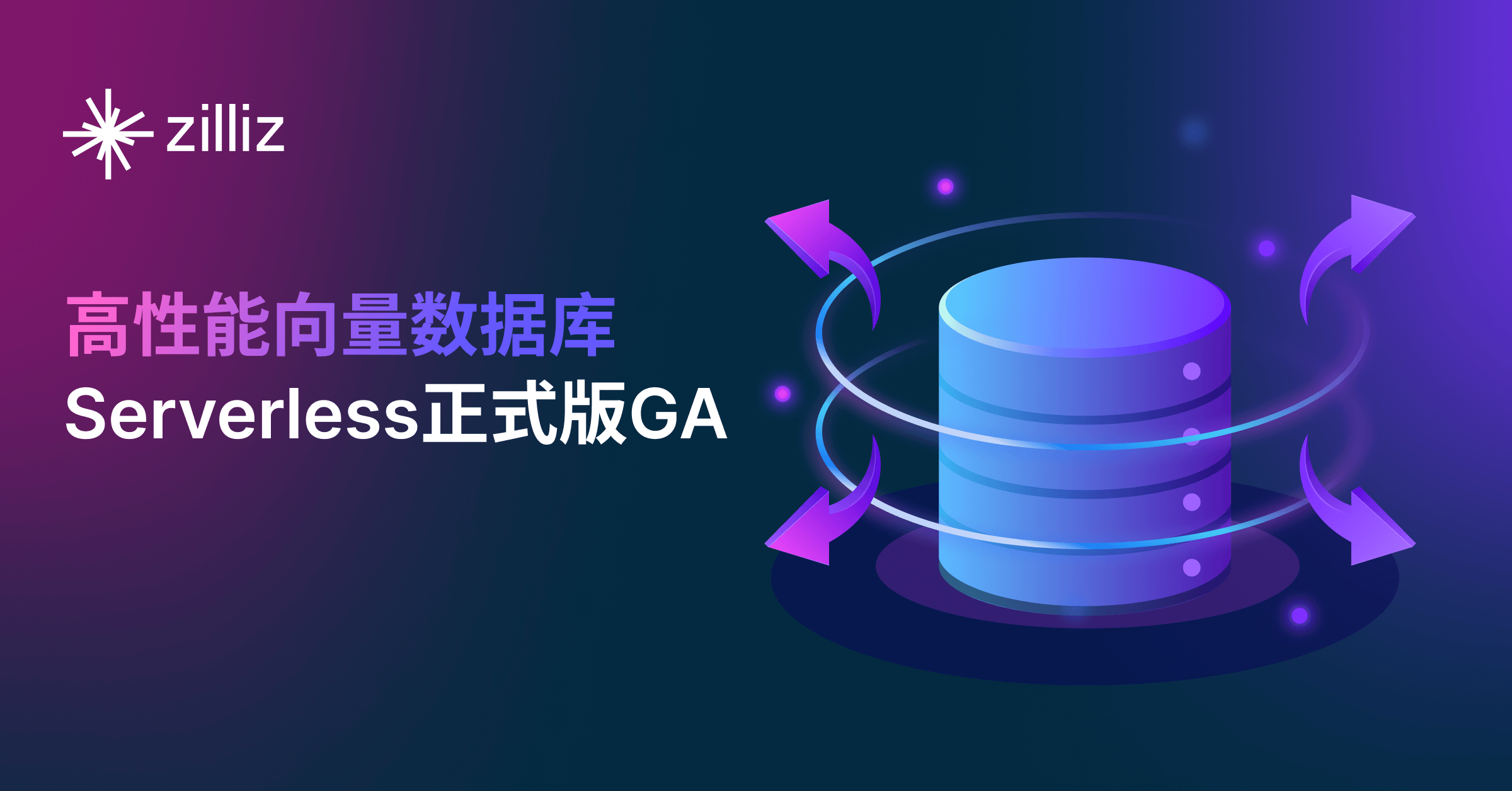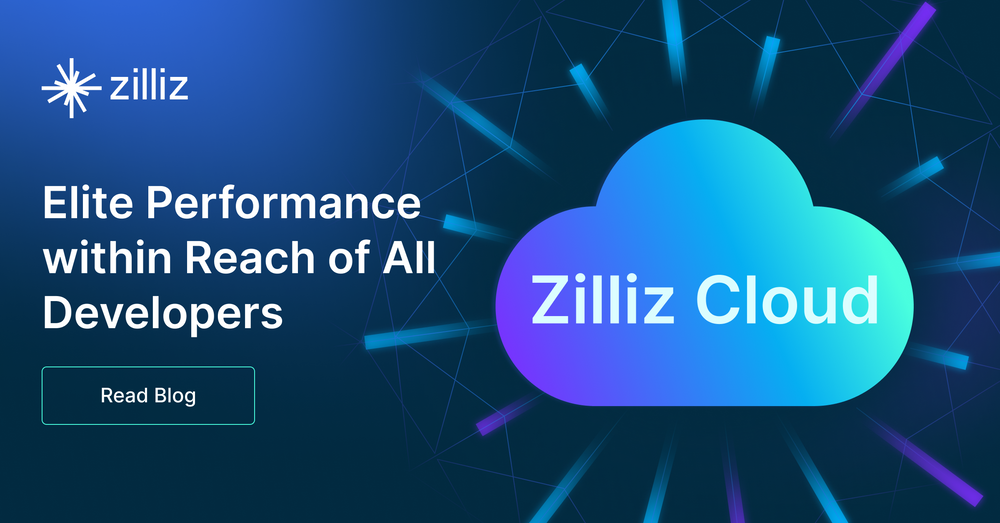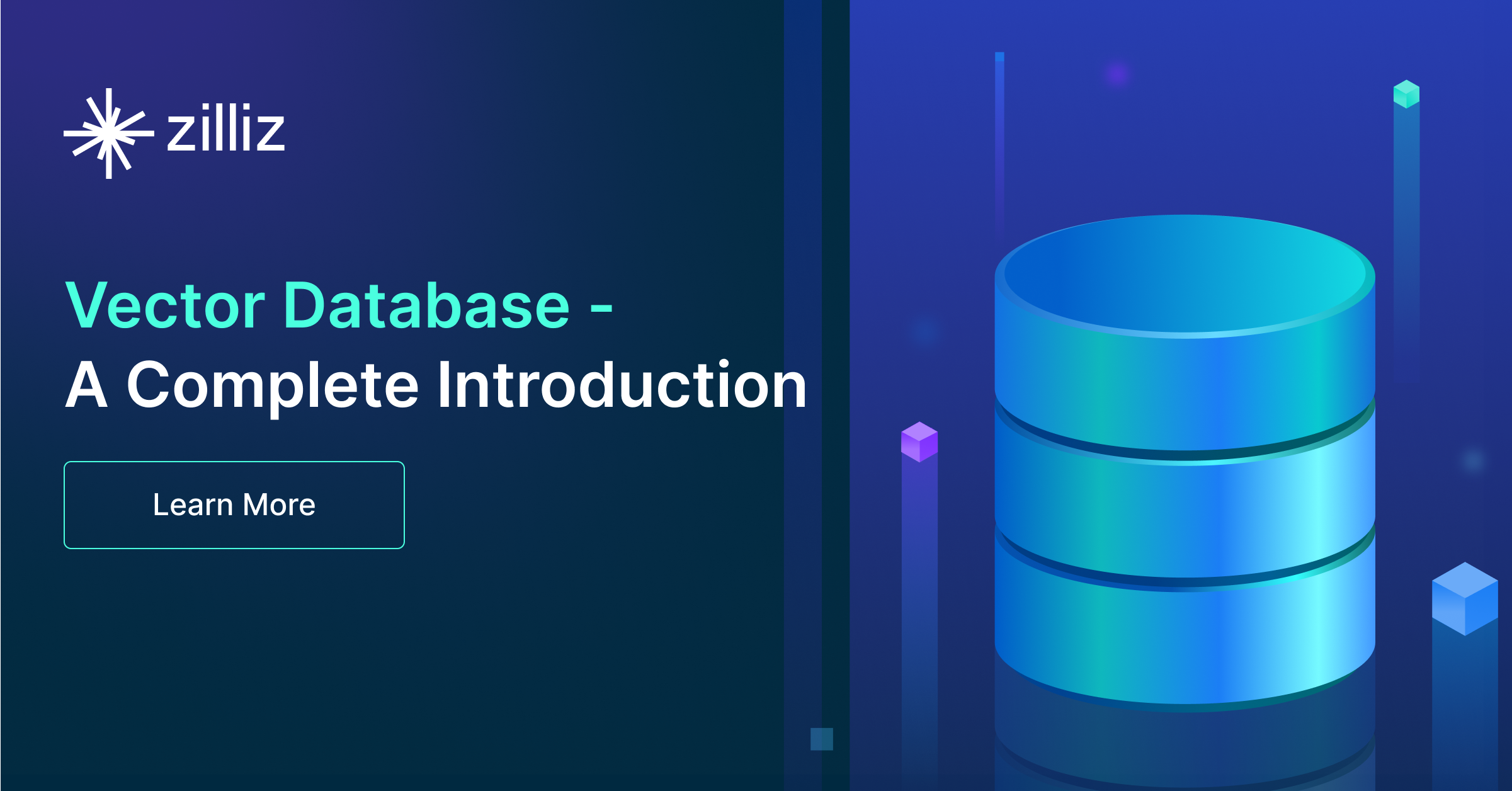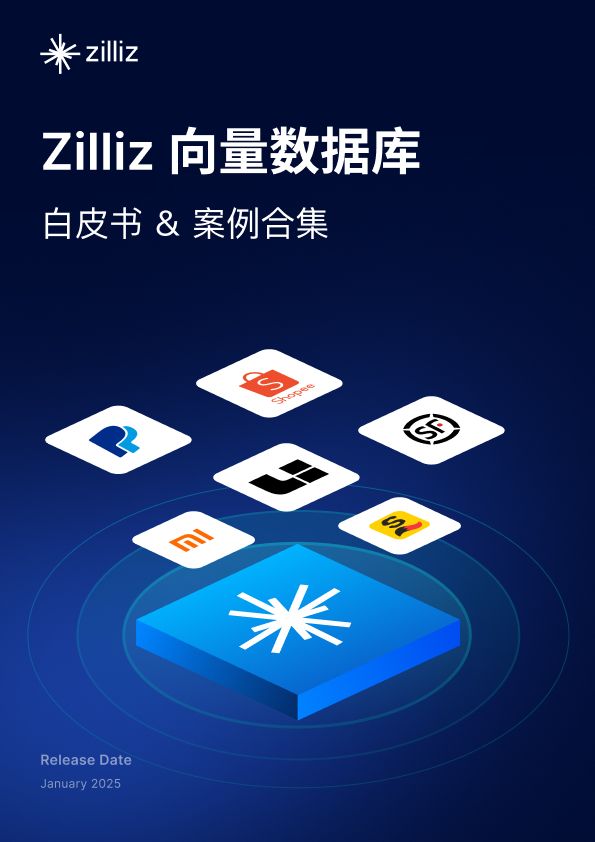Querying a graph database involves using specialized query languages designed to navigate and manipulate graph structures. The most commonly used languages are Cypher for Neo4j, Gremlin for Apache TinkerPop, and SPARQL for RDF data. These languages enable developers to easily express complex relationships and patterns, leveraging the graphical nature of the data rather than relying solely on traditional relational queries like SQL. The focus is on nodes (entities) and edges (relationships) to extract meaningful insights from the interconnected data.
For example, in Neo4j, a Cypher query can be structured to find paths between two nodes. If you wanted to find all friends of a person named "Alice," the query would look something like this: MATCH (a:Person {name: 'Alice'})-[:FRIENDS_WITH]-(friends) RETURN friends. This query identifies all nodes labeled as Person that have a FRIENDS_WITH relationship with Alice, effectively returning a list of her friends. The intuitive syntax of Cypher allows developers to retrieve complex data patterns without extensive boilerplate code, making it easier to work with graph databases.
Understanding the performance implications is also vital when querying graph databases. Since graph databases excel at managing relationships, they can execute complex queries that would be inefficient in traditional databases. However, developers must optimize their queries by considering factors like indexing and relationship depth to prevent performance bottlenecks. For instance, if you were to find mutual friends between Alice and another person, you might want to limit the query depth to speed up the retrieval process: MATCH (a:Person {name: 'Alice'})-[:FRIENDS_WITH]-(mutualFriends)-[:FRIENDS_WITH]-(b:Person {name: 'Bob'}) RETURN mutualFriends. This query focuses on mutual relationships, aiding in performance while providing useful results.




